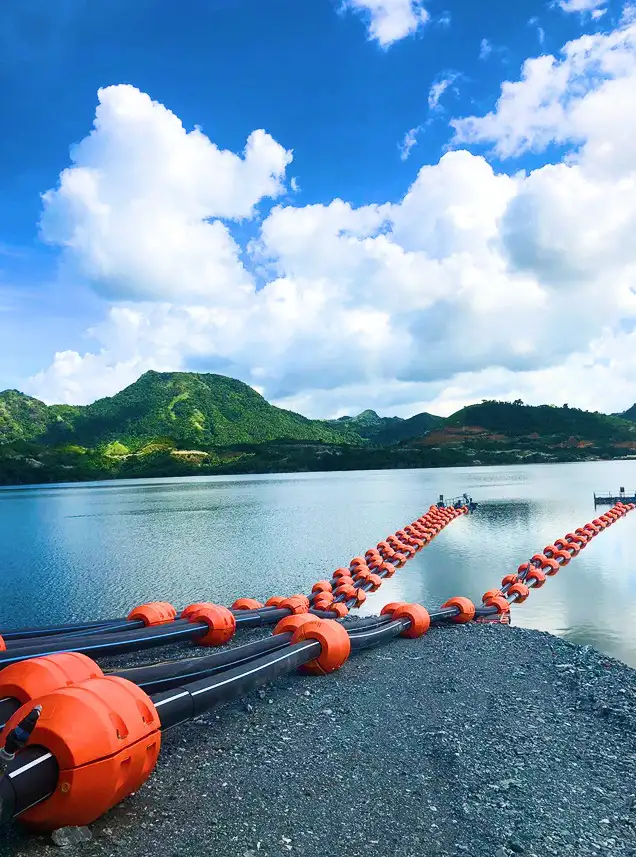Time: 2025-06-19 02:56:00 Source: Max Pipe
Rubber hoses are flexible, durable tubes made from natural or synthetic rubber, designed for transporting liquids, gases, or solids. In drainage applications, they serve as essential components for directing wastewater, sludge, and other fluids away from an area. Their versatility and robust construction make them suitable for a wide range of environments, from domestic plumbing to heavy-duty industrial and construction sites.
Flexibility: Rubber hoses are highly flexible, allowing them to bend and maneuver through tight spaces and around obstacles. This is particularly advantageous in complex drainage systems where rigid pipes would be impractical.
Durability and Resistance: Depending on the specific type of rubber (e.g., EPDM, NBR, SBR), these hoses offer excellent resistance to various factors crucial for drainage:
Abrasion: They can withstand friction from solid particles in wastewater or from external contact with rough surfaces, extending their service life.
Temperature: Many rubber hoses are designed to handle a wide range of temperatures, from freezing conditions to hot wastewater.
Chemicals: Certain rubber compounds provide resistance to acids, alkalis, and other corrosive chemicals often found in drainage systems, preventing degradation and leaks.
Ozone and Weathering: For outdoor or exposed drainage applications, rubber hoses can resist the damaging effects of UV light and ozone.
Versatility: Rubber hoses are used in various drainage scenarios, including:
Residential: Washing machine drain hoses, sump pump discharge, general household wastewater.
Commercial/Industrial: Wastewater management, dewatering in construction and mining (e.g., mud, debris, sludge), transfer of industrial fluids, and even in HVAC units for condensate drainage.
Agricultural: Irrigation and wastewater disposal from agricultural processes.
Structure: Typically, a rubber hose for drainage comprises an inner rubber layer (compatible with the fluid), reinforcement layers (often synthetic fibers or steel wire braids for strength and pressure resistance), and an outer rubber cover (for protection against environmental elements and abrasion).
While highly effective, it's important to select the right type of rubber hose based on the specific drainage application, considering factors like fluid type, temperature range, pressure requirements, and environmental exposure to ensure optimal performance and longevity.
